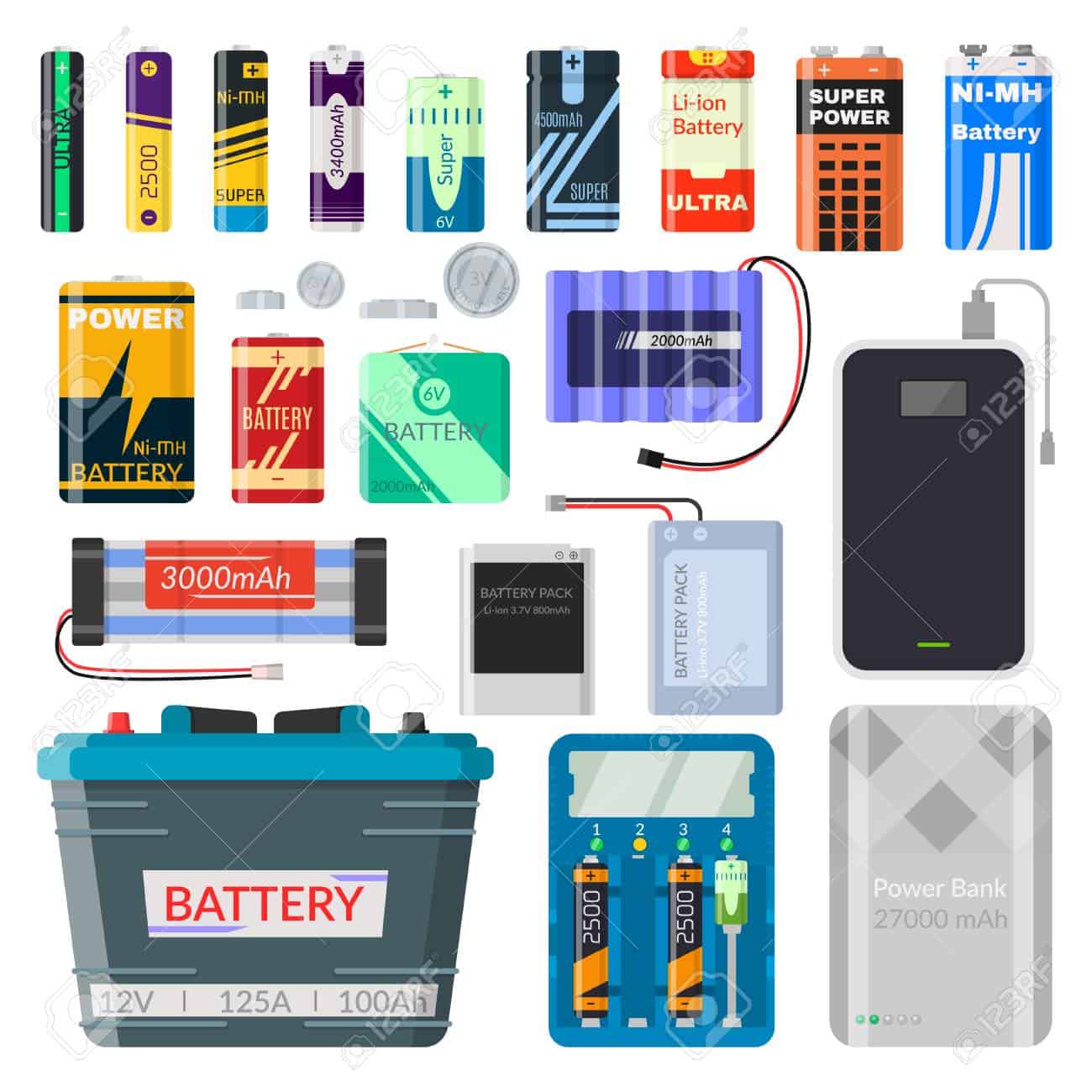Last Updated on 2 years by admin
There are many types of batteries that are used for different purposes, but we only focus on the most used batteries. These are the batteries we currently use for solar projects.
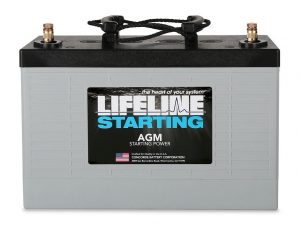
Deep Cycle Sealed Lead Acid Batteries for Off-Grid
As the name implies, it is specially designed for Deep Cycle applications.
These batteries have long been used in applications that provide constant current. Golf carts, navigation scooters, fixed power banks, solar power systems are some of the main applications that use Deep Cycle batteries.
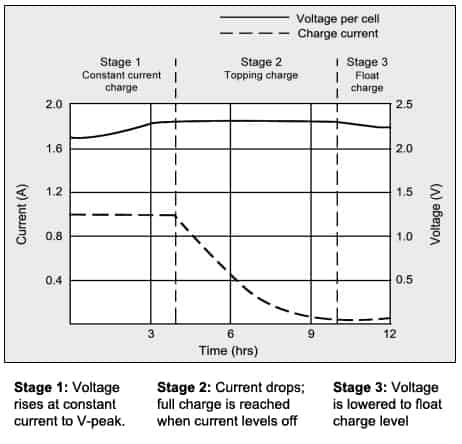
Web research and engineers might use different calculations to select the right Deep Cycle battery capacity. However, the most practical and the most straightforward formula of selecting a Deep Cycle Lead Acid battery is to multiply the required capacity by three and look for a battery that fits that capacity. Example – 50Ah (required capacity) * 3= 150Ah (this is the suitable battery for you).
Also, it is recommended to recharge Deep Cycle batteries every few months to maintain capacity levels of Deep Cycle batteries. In addition, failure to do so reduce the life of the battery over time and eventually leads to provide less capacity. Deep Cycle Lead Acid batteries are usually classified by their Ampere Hour Rating (Ah).
Li-ion Batteries for Off-Grid
The second most common batteries for Off-Grid projects are lithium-ion batteries.
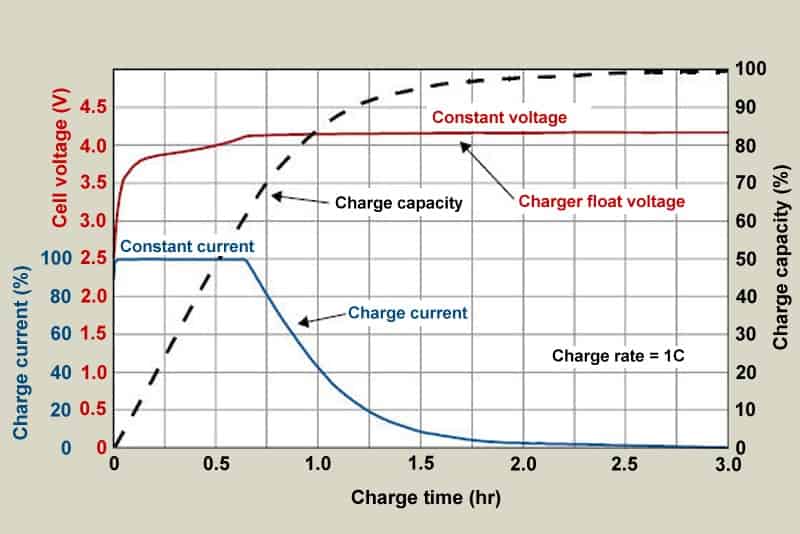
Basically, we use two types of lithium-ion batteries.
- Li-ion Battery (18650) Laptop Cells
- Li-ion Battery from electric vehicles (a most common one is Nissan Leaf Cells)
Li-ion Battery 18650 Cells
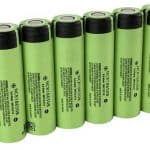
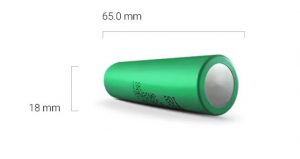
These cells commonly used in Laptops, Mobile power banks, power tools, etc.
Due to the size of the 18650 batteries, its capacity is much lower than Sealed Lead Acid Batteries.
Panasonic, LG, Samsung, Sony are some of the companies that make quality 18650 batteries. According to the chemistry of the batteries of these manufacturers, a number is given on those batteries. For example, Panasonic’s batteries are referred to as NCR (nickel-cobalt-rechargeable), while Samsung, LG, and Sony batteries are often referred to as INR (lithium-nickel-rechargeable) batteries. 5000mAh, 9900mAh mentioned batteries are also advertised by Chinese sellers; however, most of these are fake. The best-known battery that made by Panasonic for Tesla vehicles, and that only holds 3500mAh; therefore, it is hard to believe that 5000mAh, 9900mAh 18560 cells can exist.
Safe Voltage
The typical voltage of a lithium-ion battery is 3.7V. The manufacturers define when it’s fully charged, it can hold up to 4.2V, and it is safe to discharge up to 3.0V. Also, y personal experience for better battery life is to maintain the voltage between 4.1V max and 3.5V min. The charging cycles can go up to 1000-1500 times if the battery is used between the safe voltages,
Recommended Temperature
Lithium-ion batteries can provide very high current. But in this process, the battery generates heat. Always try to maintain the heat below 45C. Also, if the temperature goes beyond the recommended value electrolyte in the liquid state of the battery can evaporate and burn.
What is C value of the battery
Another important consideration is the C value of the battery. The battery C value is the maximum current the battery can discharge.
For example –
(i) suppose you have a 2000mAh battery. And the C value is set to 1C, then the maximum current discharged is 2,000mA without damaging the battery.
(ii) suppose the 2000mAh battery C value is 2C, then the maximum current discharged is 4,000mA.
Most Off-Grid makers now use used 18650s from salvage laptop batteries, and these are also called as second life storage
Li-ion Battery from electric vehicles – Nissan Leaf Cells
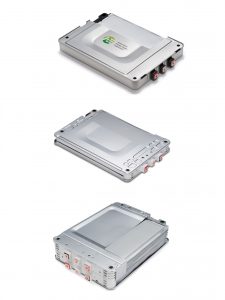
If your country has electric vehicles, then Nissan Leaf should be a common one among those.
The 1stgeranation leaf cars are now mostly in the stage of replacing the batteries, and this is an excellent time to make use of the waste. Also, the capacity left in it is enough for Sola and you can get these for a bargain.
Leaf Module Specification
- Module weight 3.63 kg / 8 lb
- Maximum voltage 8.4V
- Nominal voltage 7.5V
- Midpoint / Center Tap voltage 4.2V (used only for charging through BMS)
- Module wattage 500 watt-hour
- Module amperage 66Ah
- Maximum continuous charge current 130A
- Each Module has 4 cells ( 2 in series and 2 in Parallel )
Safety Tips
- Most Importantly, DO NOT CHARGE OVER 4.15 V PER CELL. (8.3V per Module)
- DO NOT connect the terminal directly to an electric outlet or cigarette charger.
- NEVER put the battery in a microwave, oven, dryer, or high-pressure container.
- DON’T heat or throw cells into a fire.
- NEVER use, leave cell close to fire, or inside of a car where the temperature may be over 60’C.
- DO NOT charge or discharge in such a condition.
- DO NOT short circuit the (+) and (-) in the wrong way around.
- NEVER pierce a cell with a sharp object such as a nail.
- DO NOT cause storage shock. (ex. hot with a hammer, step on, throw or DROP ).
- DO NOT disassemble the battery.
- DO NOT use a battery with a scar or deformation.
- Stop using the battery If odor or deformation is detected during use or storage.
- Keep away from fire instantly when leakage or foul odors are detected.
- If liquid leaks onto your skin or clothes, wash thoroughly with fresh water immediately.
- If liquid leaking from the battery gets into your eyes, do not rub your eyes.
Common Questions
(1) Can you replace the Leaf Module with 12 Volt Lead Acid?
The maximum voltage of two leaf modules is 16.8. But the charging controller can’t charge it. Because when the battery is at 14.5 volts, the charging controller should stop charging, If your charger controller has the feature to stop charging, then you can use it to replace a 12V lead-acid battery. However, you should maintain the voltage without letting it drop below the recommended level.
(2) Can Volt 24 replace the Leaf Modules with Leaf Modules?
You can put 3.5 modules. That means leaving 4 modules in series; the last Module should be tapped from Midpoint. The battery will burn at 4.2 X 7 = 29.4 volts. Also, the charge controller is the cut-off just like Volt 29. ( Leaf module midpoint is recommended only for charging. Therefore this method is not very recommended)
(3) Can I replace the Leaf Module with the Volt 48 Lead Acid?
Put seven modules in it. The battery will burn at 4.2 X 14 = 58.8 volts. The cut-off is the same as the charging controller at 58 volts.
Next topic we will get to know about Battery Management Systems (BMS)

